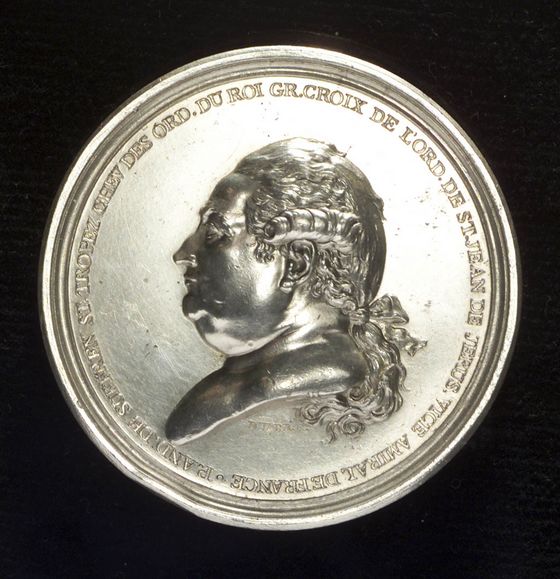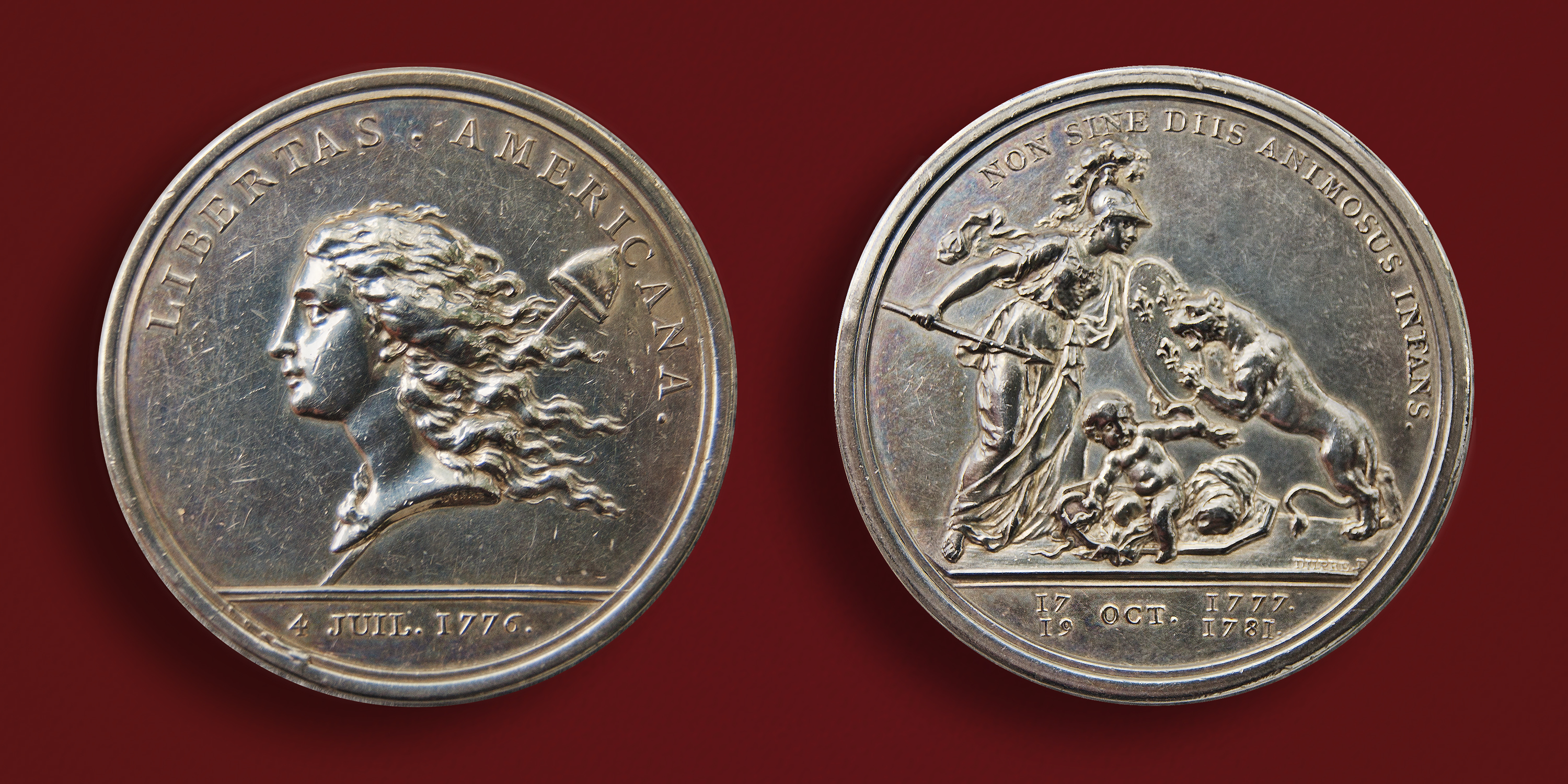Augustin Dupré on:
[Wikipedia]
[Google]
[Amazon]
Augustin Dupré (6 October 1748 – 30 January 1833) was a French engraver of currency and medals, the 14th Graveur général des monnaies (Engraver General of Currency).
Biography
He began his career as an engraver at the royal factory for weapons. Towards 1770, he became established atParis
Paris () is the Capital city, capital and List of communes in France with over 20,000 inhabitants, largest city of France. With an estimated population of 2,048,472 residents in January 2025 in an area of more than , Paris is the List of ci ...
, became the student of the sculptor David, and engraved his first medals.
The French Revolution gave him the opportunity to develop his art. Because the change of regime and the monetary reform required a full change of monetary types, a competition, initiated by the painter Louis David, was opened in April 1791 by the Convention nationale. Dupré's design won and was adopted for the new currency, the "Louis conventionnel". Following this success, Dupré was named Graveur général des monnaies by decree of the Assemblée nationale on 11 July 1791. In France before the revolution there were 31 royal mints, but most of them were no more than sinecure
A sinecure ( or ; from the Latin , 'without', and , 'care') is a position with a salary or otherwise generating income that requires or involves little or no responsibility, labour, or active service. The term originated in the medieval church, ...
s. In 1789, there were no more than 17 mints, and Dupré wanted to have a great new mint in Paris to produce all French currency. However, the Assemblée nationale rejected his idea and retained 8 mints: Paris, Lyon
Lyon (Franco-Provençal: ''Liyon'') is a city in France. It is located at the confluence of the rivers Rhône and Saône, to the northwest of the French Alps, southeast of Paris, north of Marseille, southwest of Geneva, Switzerland, north ...
, Bordeaux
Bordeaux ( ; ; Gascon language, Gascon ; ) is a city on the river Garonne in the Gironde Departments of France, department, southwestern France. A port city, it is the capital of the Nouvelle-Aquitaine region, as well as the Prefectures in F ...
, Bayonne
Bayonne () is a city in southwestern France near the France–Spain border, Spanish border. It is a communes of France, commune and one of two subprefectures in France, subprefectures in the Pyrénées-Atlantiques departments of France, departm ...
, Perpignan
Perpignan (, , ; ; ) is the prefectures in France, prefecture of the Pyrénées-Orientales departments of France, department in Southern France, in the heart of the plain of Roussillon, at the foot of the Pyrenees a few kilometres from the Me ...
, Nantes
Nantes (, ; ; or ; ) is a city in the Loire-Atlantique department of France on the Loire, from the Atlantic Ocean, Atlantic coast. The city is the List of communes in France with over 20,000 inhabitants, sixth largest in France, with a pop ...
, Lille
Lille (, ; ; ; ; ) is a city in the northern part of France, within French Flanders. Positioned along the Deûle river, near France's border with Belgium, it is the capital of the Hauts-de-France Regions of France, region, the Prefectures in F ...
, and Strasbourg
Strasbourg ( , ; ; ) is the Prefectures in France, prefecture and largest city of the Grand Est Regions of France, region of Geography of France, eastern France, in the historic region of Alsace. It is the prefecture of the Bas-Rhin Departmen ...
. He occupied his official position until 1803, the year in which he was dismissed by a decree of the First Consul
The Consulate () was the top-level government of the First French Republic from the fall of the Directory in the coup of 18 Brumaire on 9 November 1799 until the start of the French Empire on 18 May 1804.
During this period, Napoleon Bonap ...
of 12 March 1803. He was replaced by Pierre-Joseph Tiolier.
His monetary works
The French Revolution encouraged the artists to celebrate the new order. Augustine Dupré derived the inspiration of his allegoric compositions from the symbolism of antiquity ( tables of law, genius of freedom,Hercules
Hercules (, ) is the Roman equivalent of the Greek divine hero Heracles, son of Jupiter and the mortal Alcmena. In classical mythology, Hercules is famous for his strength and for his numerous far-ranging adventures.
The Romans adapted the Gr ...
, Phrygian cap
The Phrygian cap ( ), also known as Thracian cap and liberty cap, is a soft Pointed hat, conical Hat, cap with the apex bent over, associated in Classical antiquity, antiquity with several peoples in Eastern Europe, Anatolia, and Asia. The Phry ...
, fasces
A fasces ( ; ; a , from the Latin word , meaning 'bundle'; ) is a bound bundle of wooden rods, often but not always including an axe (occasionally two axes) with its blade emerging. The fasces is an Italian symbol that had its origin in the Etrus ...
of lictor
A lictor (possibly from Latin language, Latin ''ligare'', meaning 'to bind') was a Ancient Rome, Roman civil servant who was an attendant and bodyguard to a Roman magistrate, magistrate who held ''imperium''. Roman records describe lictors as hav ...
s, scales
Scale or scales may refer to:
Mathematics
* Scale (descriptive set theory), an object defined on a set of points
* Scale (ratio), the ratio of a linear dimension of a model to the corresponding dimension of the original
* Scale factor, a number ...
, etc.). It was the triumph of neoclassical style.
His first contribution was the Louis of gold, 24 livres, portraying ''Au génie'', the obverse still carrying the portrait of Louis XVI
Louis XVI (Louis-Auguste; ; 23 August 1754 – 21 January 1793) was the last king of France before the fall of the monarchy during the French Revolution. The son of Louis, Dauphin of France (1729–1765), Louis, Dauphin of France (son and heir- ...
, the motto ''Roi des Français'' (King of the French), and the date 1792. The reverse represents a ''Génie ailé'' (Winged genius) that writes the word ''Loi'' on a stèle, with the motto ''Le Règne de la Loi'' (The Reign of the Law) and the declaration ''An III de la liberté'' (Year three of the liberty). An écu
The term ''écu'' () may refer to one of several France, French coins. The first ''écu'' was a gold coin (the ''écu d'or'') minted during the reign of Louis IX of France, in 1266. The value of the ''écu'' varied considerably over time, and si ...
of six livres and a half écu in silver again take up this design.
When the republic was proclaimed, Dupré engraved the bulk of the new revolutionary decimal currency. He introduced the five franc silver piece stamped with the image of Hercules, ''Union et Force'' which marked the renaissance of the franc, and the coins of 1 centime, 5 centimes, 1 décime and 2 décimes with the head of the republic wearing the Phrygian cap.
Dupré was a talented engraver and the composition which he created for the 5-franc represented the republic during almost 200 years. The écu ''à l'Hercule'' created in 1796, was again struck in 1848, then in 1870 and 1877. The new franc of 1960 renewed honor to Dupré by the striking of silver commemorative coins of 10 francs (1965–1973) and 50 francs (1974–1977).
In 1996 the Fifth Republic also honored him by issuing a 5 franc commemorative coin.
Medals by Dupré
Before the French revolution, Dupré had a reputation as one of the leading French medallists, along with Bertrand Andrieu, Pierre Droz, Benjamin Duvivier, Nicolas-Marie Gautteaux, and François Tasselon. Two examples of Dupré's famous medals are in honor ofLavoisier
Antoine-Laurent de Lavoisier ( ; ; 26 August 17438 May 1794),
CNRS (
CNRS (
Admiral Suffren.
His medals related to the American republic include: the Libertas Americana, 1783; the Greene medal, 1787; the Morgan and Jones medals, 1789; the Diplomatic medal, 1792; and two medals of Franklin, 1784 and 1786. Thomas Jefferson ordered the Diplomatic medal in 1790. It is unknown who ordered the two medals of Franklin; it is certain that Franklin himself did not.



References
External links
* {{DEFAULTSORT:Dupre, Augustin 1748 births 1833 deaths 18th-century French engravers 19th-century French engravers French medallists 19th-century French sculptors French male sculptors 19th-century French male artists